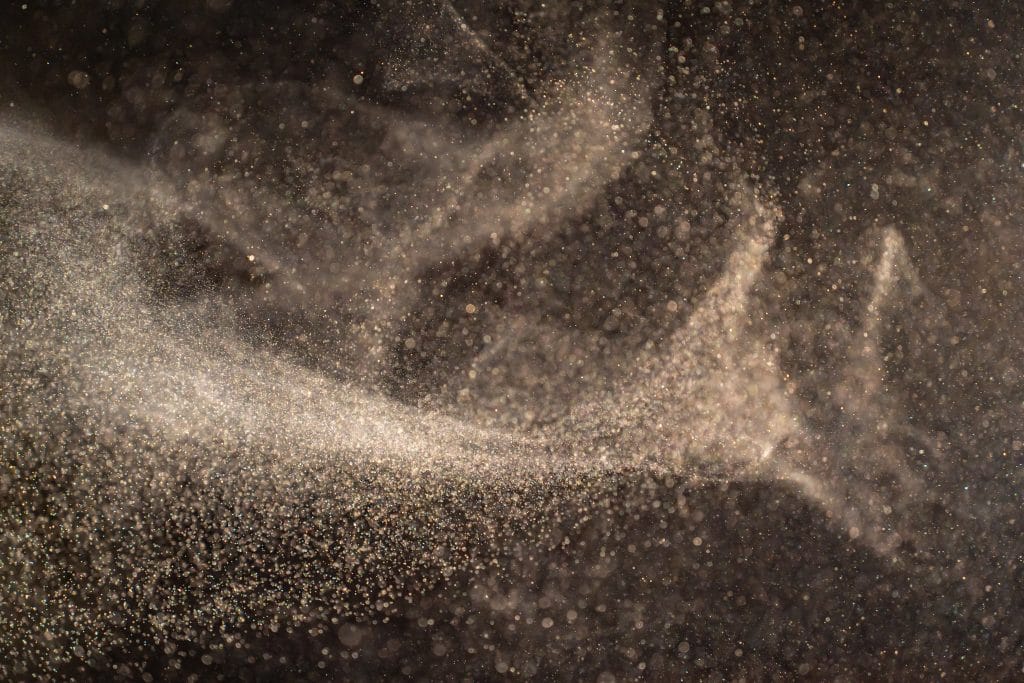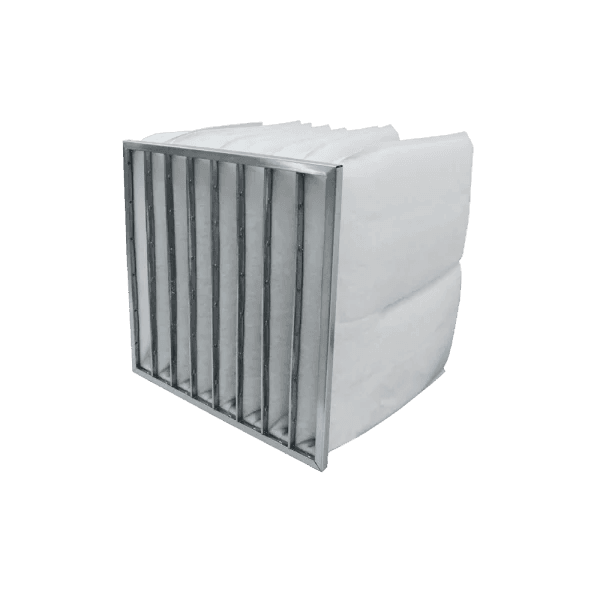What Does Dust Holding Capacity Really Means in the HVAC Industry
When talking about air filters in the HVAC industry, terms like efficiency or pressure drop often take the spotlight. Yet, one equally important but sometimes overlooked factor is dust holding capacity. For engineers, facility managers, and operators, understanding dust holding capacity is a critical part of ensuring the right balance between air quality, system performance, and cost-effectiveness.
What Is Dust Holding Capacity?
 Dust holding capacity refers to the amount of dust and particulate matter an air filter can retain before it reaches its recommended final pressure drop. In simpler terms, it’s a measure of how much “dirt” a filter can hold while still performing within acceptable limits.
Dust holding capacity refers to the amount of dust and particulate matter an air filter can retain before it reaches its recommended final pressure drop. In simpler terms, it’s a measure of how much “dirt” a filter can hold while still performing within acceptable limits.
It is usually measured in grams of dust per filter. The higher the dust holding capacity, the longer the filter can operate before it needs replacement.
Why Dust Holding Capacity Matters
Air filters are not just about trapping particles, they are also about how efficiently and economically they do so over their lifespan. Here’s why dust holding capacity is such an important factor:
- Longer Filter Life: Higher dust holding capacity means the filter doesn’t clog as quickly, reducing the frequency of replacements.
- Lower Operational Costs: Less frequent change-outs mean savings in labor, material costs, and system downtime.
- Stable Airflow & Performance: A filter with high dust holding capacity maintains stable airflow for longer, ensuring consistent system efficiency.
- Optimised Energy Use: Filters with poor dust holding capacity reach higher resistance faster, forcing fans to work harder and consuming more energy.
Balancing the Three Key Factors: Efficiency, Dust Holding Capacity, and Initial Resistance

Choosing the right filter isn’t about maximising one factor, it’s about finding the right balance among three interconnected elements:
- Filter Efficiency – How well the filter captures fine particles. Higher efficiency is crucial for sensitive applications but often comes with higher resistance.
- Dust Holding Capacity – The quantity of dust the filter can effectively trap before reaching its final resistance.
- Initial Resistance (Pressure Drop) – The airflow resistance when the filter is new. Lower resistance means less strain on HVAC fans and lower energy consumption.
An effective filter selection must consider efficiency, dust holding capacity, and initial resistance—all within the same filter design and under the same operating conditions. For example:
(i) High efficiency, low dust holding capacity, high initial resistance – While excellent at capturing fine particles, such a filter may require frequent replacements and increase system energy consumption.
(ii) Low efficiency, high dust holding capacity, low initial resistance – This filter may allow longer service intervals and lower energy use, but it compromises air cleanliness and may fail to meet required standards.
(iii) Moderate efficiency, good dust holding capacity, low initial resistance – A well-balanced option that provides effective filtration with manageable energy usage and reasonable replacement intervals, making it an efficient choice for many general HVAC systems.
Understanding this balance allows professionals to match filters to both technical needs and economic considerations.
Also Read: Why Are HEPA Filters Considered as Medical Grade Filters?
Industry-Specific Considerations for Dust Holding Capacity

Not every industry has the same needs when it comes to dust holding capacity. Here’s how requirements differ across segments:
- Healthcare Facilities & Cleanrooms
Reliability is paramount in cleanrooms. Here, filters must maintain consistent high efficiency with a good balance of dust holding capacity. Filters are often replaced at scheduled intervals or upon reaching specified pressure drop limits to ensure consistent air quality. Filters are often replaced at scheduled intervals or upon reaching specified pressure drop limits to ensure consistent air quality. Filters are often replaced at scheduled intervals or upon reaching specified pressure drop limits to ensure consistent air quality. Filters are often replaced at scheduled intervals or upon reaching specified pressure drop limits to ensure consistent air quality. Filters are often replaced at scheduled intervals or upon reaching specified pressure drop limits to ensure consistent air quality. - Food & Beverage Processing
Filters with higher dust holding capacity are preferred to reduce the risk of contamination from frequent filter handling while ensuring stable hygiene standards. - Commercial Buildings & Offices
Comfort and energy efficiency are the main drivers. Filters with good dust holding capacity and low resistance help maintain indoor air quality while keeping operational costs manageable. - Electronics & Semiconductor Manufacturing
High efficiency is critical, but filters must also have adequate dust holding capacity to ensure stable performance without interruptions in sensitive production processes. - Heavy Industry (Textile, Metalworking, Mining)
These environments have extremely high dust loads, making large dust holding capacity capacity filters essential to withstand heavy particle accumulation and minimise downtime. - Gas Turbines & Power Plants
Large-scale equipment demands filters with very high dust holding capacity and robust construction to handle outdoor dust, salt, and corrosive particles without compromising gas turbine and offshore operation performance.
Final Thoughts

Dust holding capacity is more than a number on a datasheet, it’s a key performance factor that directly influences air quality, filter lifecycle, energy consumption, and overall system efficiency. By understanding its role and balancing it with efficiency and resistance, HVAC professionals can make smarter filter choices tailored to their industry’s specific needs.
At the end of the day, a well-selected filter isn’t just about keeping the air clean, it’s about protecting people, processes, and performance in the most cost-effective way possible. Curious to know more about the clean air solution industry? Be sure to subscribe to our newsletter and follow our social media platforms so you can stay up to date with the latest insights and news.
Read More: Airflow in an Operating Theatre: Importance and Solutions for Cleanliness and Efficiency

 years
years











